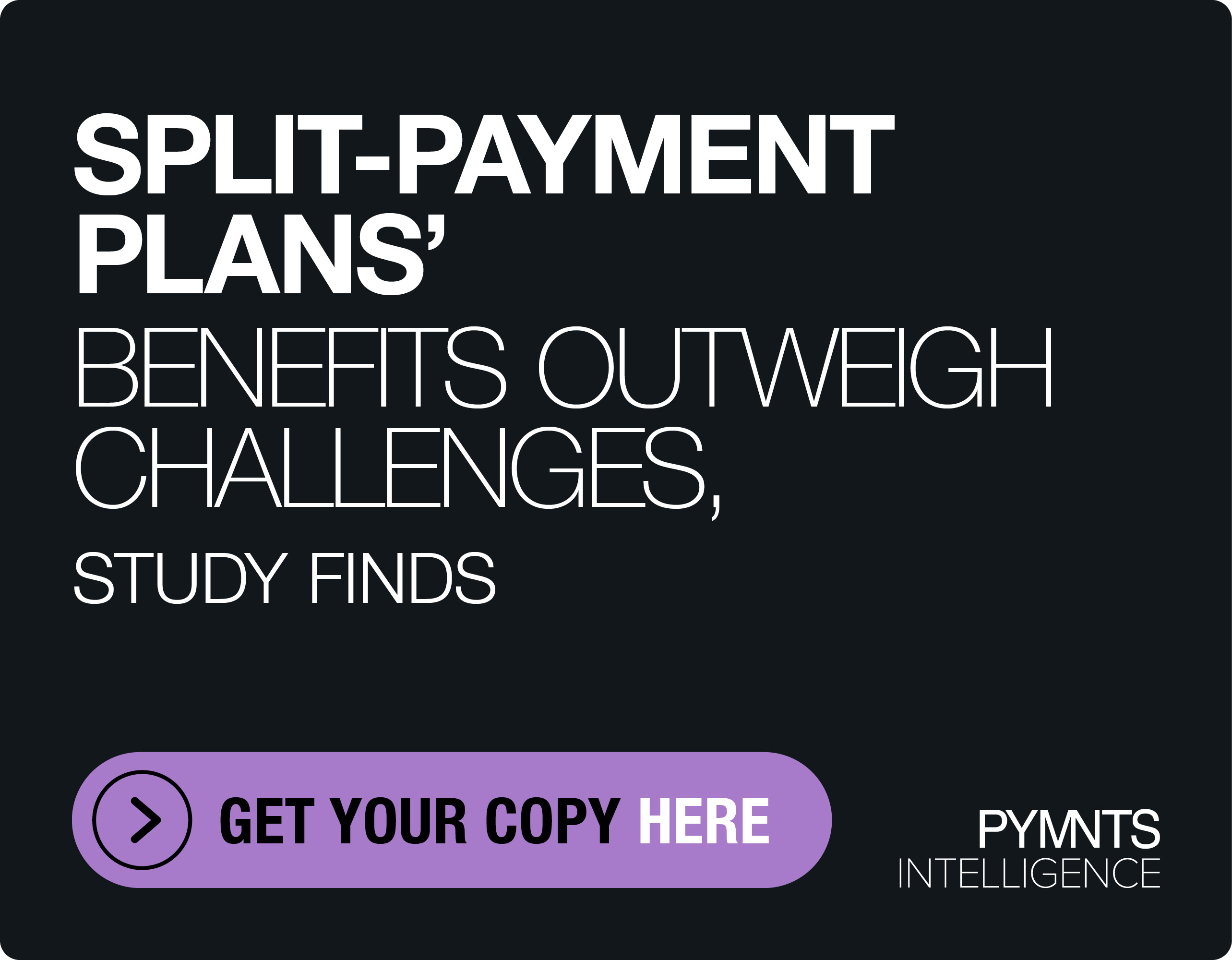Digital Dollar’s Power Problem: What Happens When the Lights Go Out?

One of the big promises of central bank digital currencies (CBDCs) is that they are usable anywhere paper currencies are accepted. That is to say, everywhere.
But like credit cards, PayPal and Apple Pay, CBDCs like China’s digital yuan or a digital dollar have one very large Achilles’ heel: power. They all need electricity and internet service, or at least cell service.
That makes this August headline in The Wall Street Journal very relevant: “Hurricane Ida’s Power Outages Hamper Efforts to Restore Cellphone Service.”
The sub-headline: “Regulators say about half of cellphone towers in New Orleans remained offline nearly 48 hours after storm’s landfall.”
There’s an obvious question along the lines of, “So, what?”
After all, credit cards, PayPal and Apple Pay are all down during those times, and people survive. Pretty much every CBDC is being considered an addition to paper currency, not a replacement.
And current systems aren’t immune. The Federal Reserve’s Fedwire real-time settlements system for member institutions went down for three hours in April, and nothing collapsed.
Nor did calamity come after one of the first CBDCs, the Eastern Caribbean Central Bank’s (ECCB) DCash, went offline Jan. 14 and was down for weeks.
However, a private payments rail isn’t the same as U.S. currency
For one thing, a digital dollar isn’t a Visa card. It’s a dollar. It is, as it says just to the left of George Washington’s head on the $1 bill, “legal tender for all debts public and private.”
There is a trust aspect that would not be helped at all by a digital dollar equivalent of the Colonial Pipeline ransomware attack, which wouldn’t have to be on the actual CBDC system itself to be damaging.
See also: The Three Most Important Questions for the Fed on Its CBDC Plans
The core requirements for a CBDC must include “continuous service and availability, including offline functionality, to serve as an adequate back-up system in the event of electricity, telecom or internet network failures,” the World Economic Forum (WEF) concluded in a November white paper on “CBDC Technology Considerations.”
Offline Payment Problems
Leaving aside the no-access-to-your-cash part of a digital dollar outage, there’s a potentially big problem with a CBDC system resilient enough to be usable during times when the system is down due to connectivity going offline.
“While offline capabilities improve resilience to power or connectivity outages, they may also increase vulnerability to fraud in transactions, as fewer security features and centralized controls can mitigate fraudulent behavior,” the WEF said.
It added that these “include locking stolen funds, querying suspicious transactions or freezing breached accounts,” as well as “potential vulnerabilities of physical devices providing access to CBDC, such as stored-value cards.”
That’s to say nothing of mobile apps susceptible from everything from device hacks to phishing attacks. Mastercard and Visa generally limit liability to $50 in case of fraud. The Federal Reserve is unlikely to do the same, particularly when someone’s digital wallet password is “P@ssword.”
And you don’t have to do anything wrong to get hacked — think ATM skimmers or simply the digital wallet on your mobile phone being hacked. One concern with blockchain-based voting wasn’t just that the system could be hacked, it was that by hacking a phone, someone could install a dummy app that looked like your voting app.
Suggesting a CBDC system would be unhackable is denying reality. This is one area in which a system built on blockchain or the distributed ledger technology (DLT) underlying blockchain — international payments firm Ripple’s system is DLT-based — could provide some safety. Blockchain largely eliminates double spending problems.
Read also: Crypto’s Double-Spending Achilles’ Heel
At the same time, it would not prevent a denial-of-service attack.
It’s not just technical- or technology-based outages that are a problem. For one thing, about 15% of the U.S. populations does not have a smartphone capable of supporting a digital wallet. They wouldn’t just be unbanked, they would be cut out of half of the legal tender system altogether.
For another, some 18 million Americans do not have access to broadband, according to the report “Digital Dollar Design Specifics Community Bankers Should Know” by the Independent Community Bankers of America.
